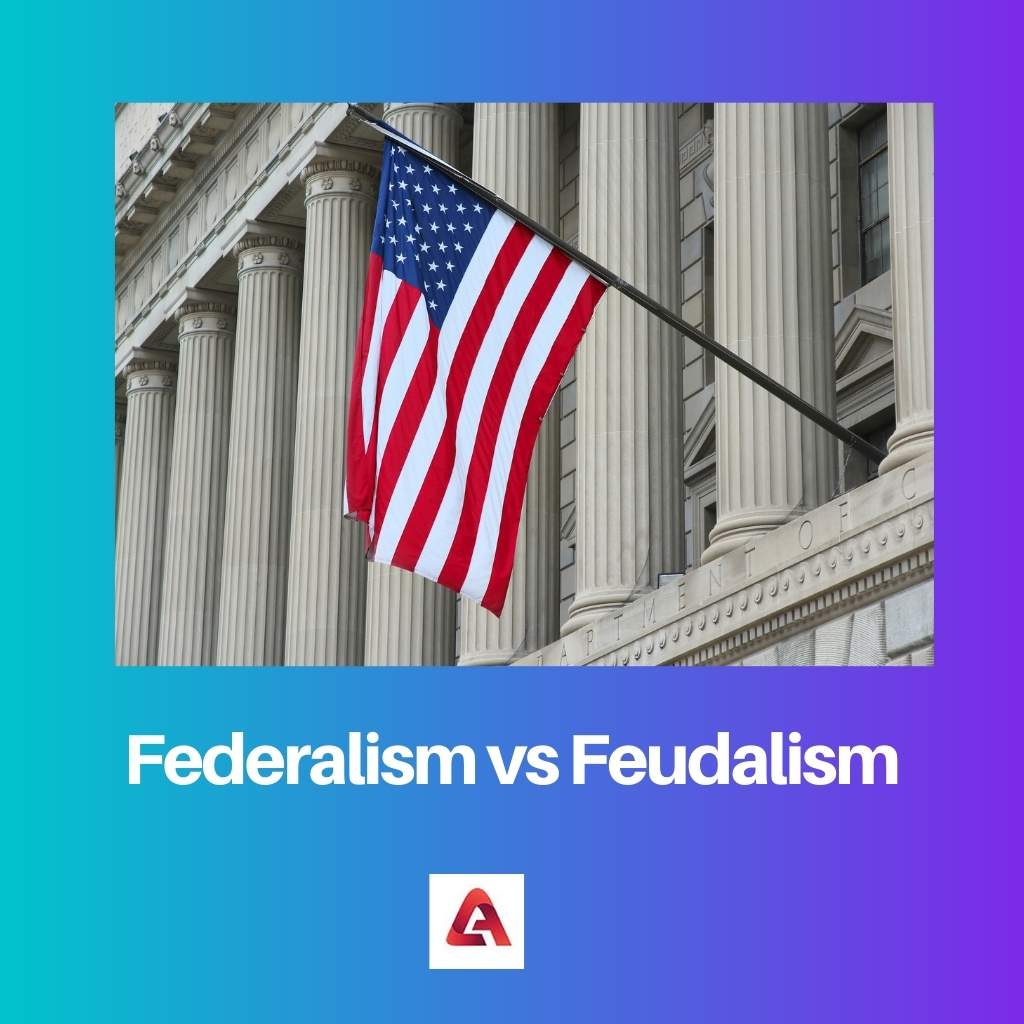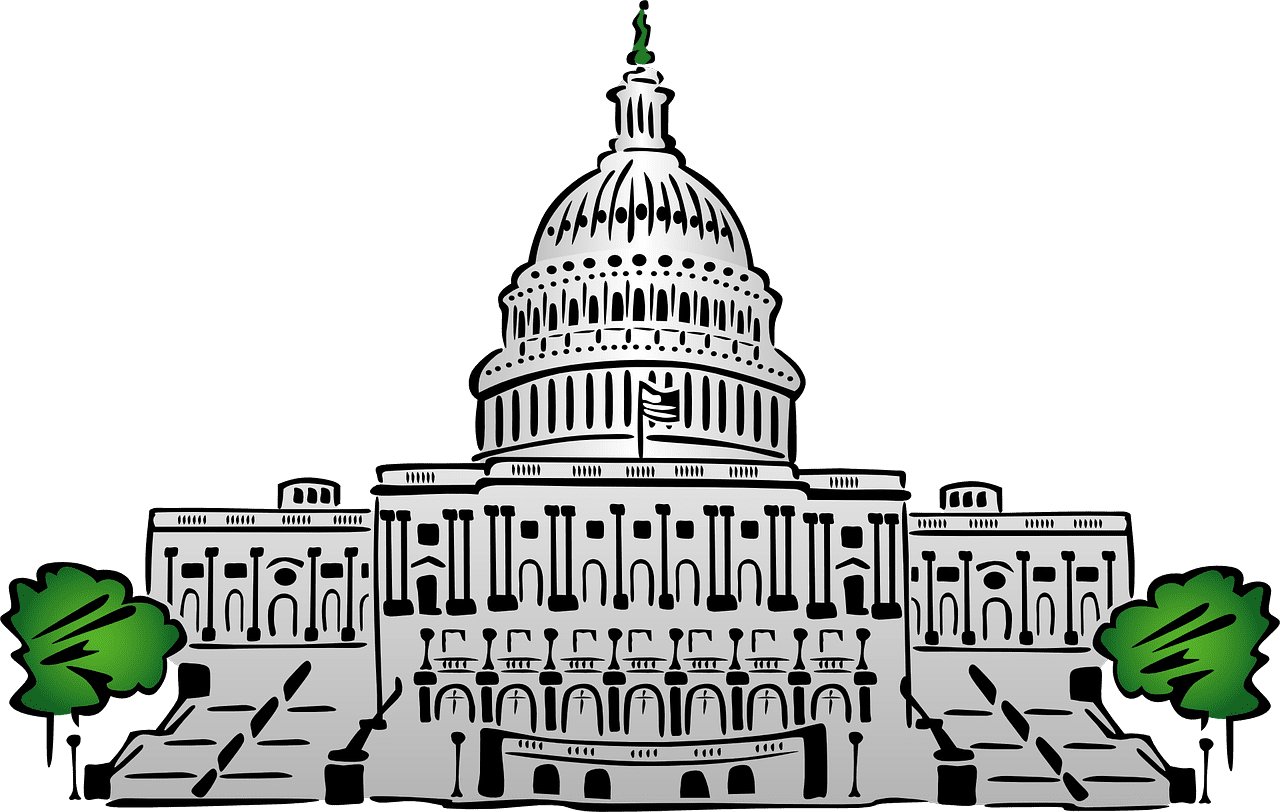Governance in an effective way is the key to the success of the region. Right from ancient times, there has been the existence of a system of governance to establish peace and harmony.
Key Takeaways
- Federalism is a political system that shares power between a central government and smaller regional governments.
- Feudalism is a social, economic, and political system based on land ownership and hierarchical relationships among nobles and serfs.
- Federalism promotes cooperation and shared responsibility, while feudalism emphasizes strict social hierarchy and land-based power structures.
Federalism vs Feudalism
Federalism is a system of government in which there is a division of power between the central and state governments, but the central has more power. Feudalism is a form of government or a tradition that was followed in Medieval Europe and gives ultimate power to a monarch or feudal chief.

Though the power is divided between the central and state governments, the federal or central government has more power than the state.
On the other hand, feudalism is a decentralized political structure. There is a monarch or chief to control and make decisions, and has the ultimate power.
Comparison Table
| Parameters of Comparison | Federalism | Feudalism |
|---|---|---|
| Word origin | Originated from the word “foedus” | Originated from the word “fief” |
| Social structure | The members collaborate with the head | Decentralized structure with a social hierarchy system |
| Principle | Division of power and authority | Power lies with the potent feudal Lord, chief, or the king |
| Characteristics | Modernity | Obsolete |
| Example | India, Pakistan, Brazil, United States, Mexico, Belgium, Russia, Mexico, Canada, Bosnia, Australia, Switzerland, Nigeria, Argentina, Belgium | England, United States, Italy, France, Portugal, and Germany |
What is Federalism?
Federalism is a type or model of government that is mixed with a general government and other regional governments under a single political system.
In federalism, the power is divided between the levels of government that have equal or similar status.
There are mainly three types of powers in federalism – expressed, implied and inherent.
Examples of states that follow federalism are India, Pakistan, Brazil, the United States, Mexico, Belgium, Russia, Mexico, Canada, Bosnia, Australia, Switzerland, Nigeria, Argentina, Belgium, and other such states.

What is Feudalism?
Feudalism is a type of designation in the social system which consists of a set of military and legal customs. This system existed in medieval Europe and originated in the Roman manorial system.
Since the king was the owner of the entire land in his kingdom, he gave his land to his nobles, who later rented it to the peasants.
Feudalism protected communities from warfare and violence as the central government collapsed in Western Europe. Feudalism provided security and protection against invaders.
Feudalism later took the role of “Neo-Feudalism,” especially in the United States, to widen the gap between the rich and the poor. Charlemagne is considered the father of feudalism, but the main inventor of Friday is Adam Smith.

Main Differences Between Federalism and Feudalism
- Federalism is a modern philosophy where entities require mutual support, while feudalism is a traditional philosophy where entities are dependent on a feudal chief or Lord.
- Federalism has two main levels – central level ( national or federal level) and state level (provincial or regional) while feudalism has four main levels – the class of king, the class of nobles, the knights, and the class of peasants.




